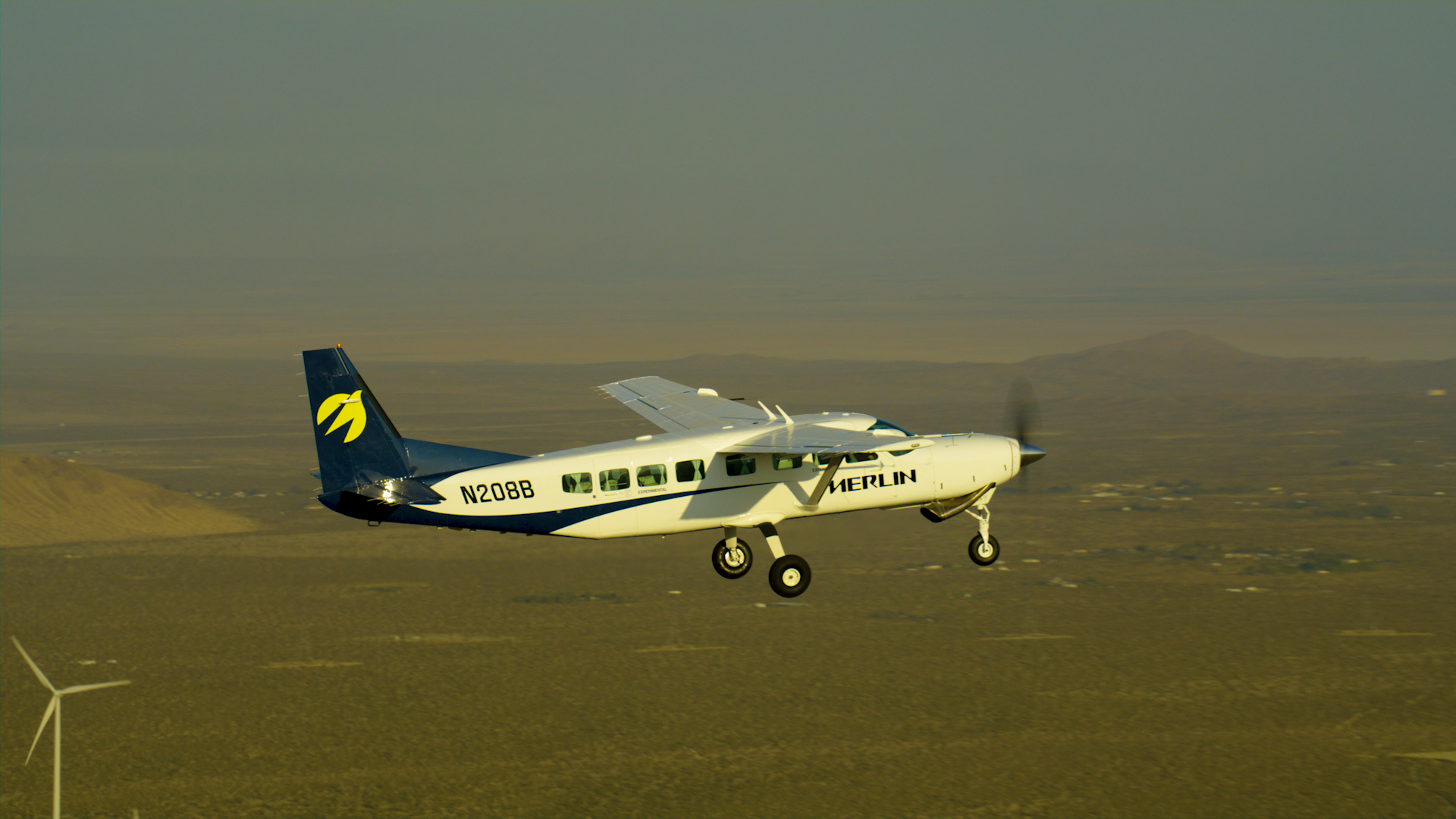Policy + Cert Team
01
At Merlin, we believe artificial Intelligence (AI) holds transformative potential for both aviation and the broader transportation sector, with significant implications for operational safety and efficiency. In July, the US Department of Transportation’s Advanced Research Projects Agency—Infrastructure (ARPA-I) sought input on the potential applications of AI in transportation. This blog post summarizes Merlin’s response to that RFI.
How Merlin Uses AI
The Merlin Pilot is an advanced aviation system that blends hardware technology with a cutting-edge software stack. Since 2018, Merlin has been diligently refining its software stack using AI and other advanced engineering techniques. We’ve trained our software through years of careful design and testing using simulation and real-world flight hours. The first version of the Merlin Pilot will be capable of interpreting and responding to Air Traffic Control (ATC) using natural language processing (NLP), which was developed using machine learning (ML).
Current AI Applications in Aviation
Safety Management Systems (SMS) are the backbone for maintaining operational integrity and safety in aviation. Integrating AI into SMS can transform these systems from proactive to predictive by automating critical safety functions, identifying hazards through predictive analytics, and minimizing manual data entry errors. AI-driven tools also optimize predictive maintenance by analyzing large datasets and forecasting potential issues. Additionally, Merlin is using NLP to improve pilot and air traffic controller communications, reducing misunderstandings and enhancing situational awareness and performance in the National Airspace System (NAS).
Challenges of AI Adoption in Aviation
The main challenges facing AI adoption in aviation include human machine teaming and policy development. Ensuring the reliability and robustness of AI algorithms in real-time flight operations is critical to addressing safety concerns and gaining regulatory approval. Moreover, developers must ensure that autonomous and highly automated flight systems are designed with the human in mind to ensure that the collection of tasks that rely on a human operator are coherent, logical, and balanced, creating neither an increased workload nor opportunities for complacency.
Autonomous Mobility Systems
Autonomous air operations, many powered by AI, are currently being conducted in the NAS by various parties under exemptions or bespoke waivers from existing rules. Though limited in scale, these operations are laying the groundwork for larger autonomous platforms, such as the Merlin Pilot. While frequently coupled, it is important to distinguish between autonomy and AI. Autonomous systems operate with minimal or no human intervention based on predefined rules and adaptive learning, whereas AI is a broader concept that includes various technologies like machine learning and natural language processing to mimic human cognitive functions.
Other Considerations in the Development of AI for Transportation
Additional considerations for the development of AI in transportation include access to high-quality transportation datasets for algorithm training and validation, the establishment of AI testbeds for real-world experimentation, and investments in workforce training and education to build expertise in AI-driven technologies. Moreover, prioritizing transportation-specific AI R&D funding can accelerate innovation and drive advancements in autonomous solutions for fixed-wing aircraft, addressing critical industry needs and fostering collaboration between academia, government, and industry stakeholders.
To read more about Merlin’s thoughts on AI, check out our full response here.
